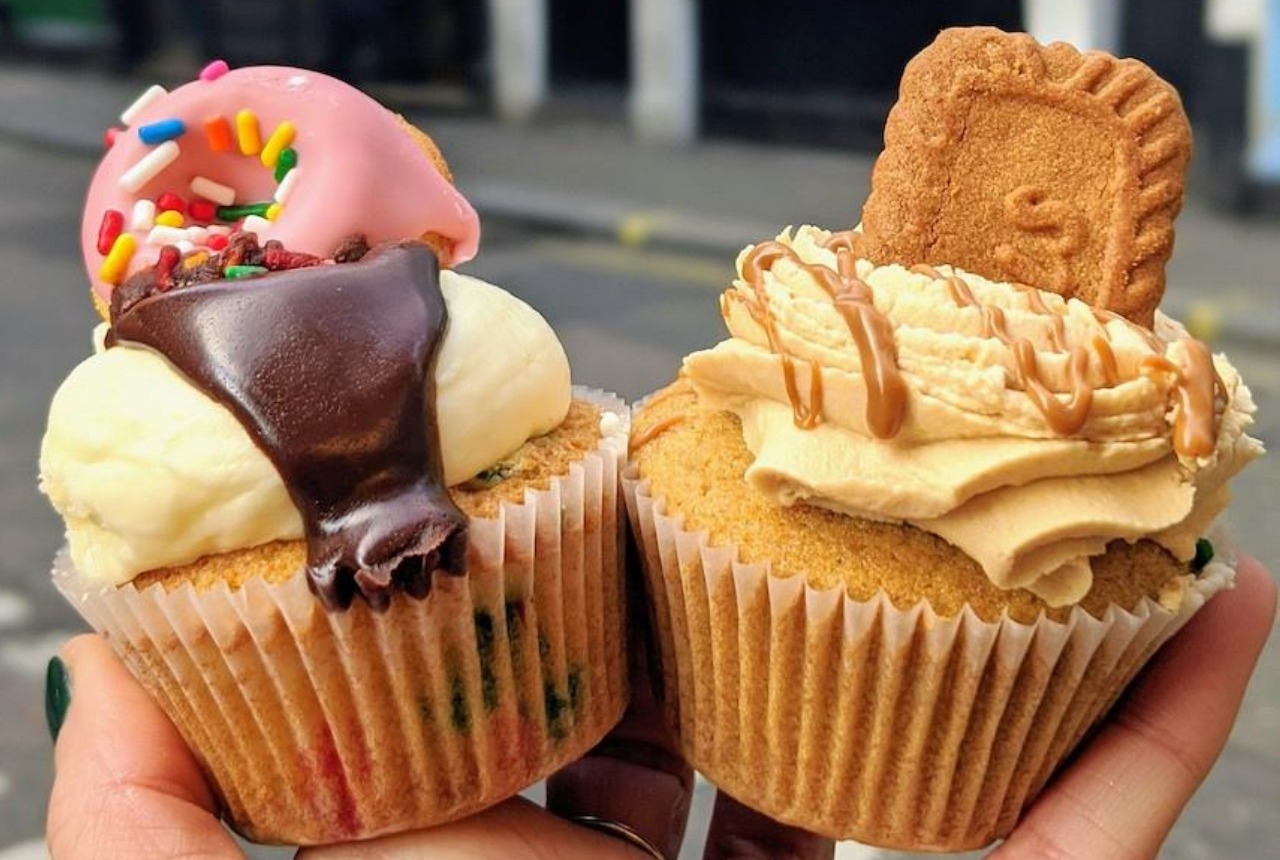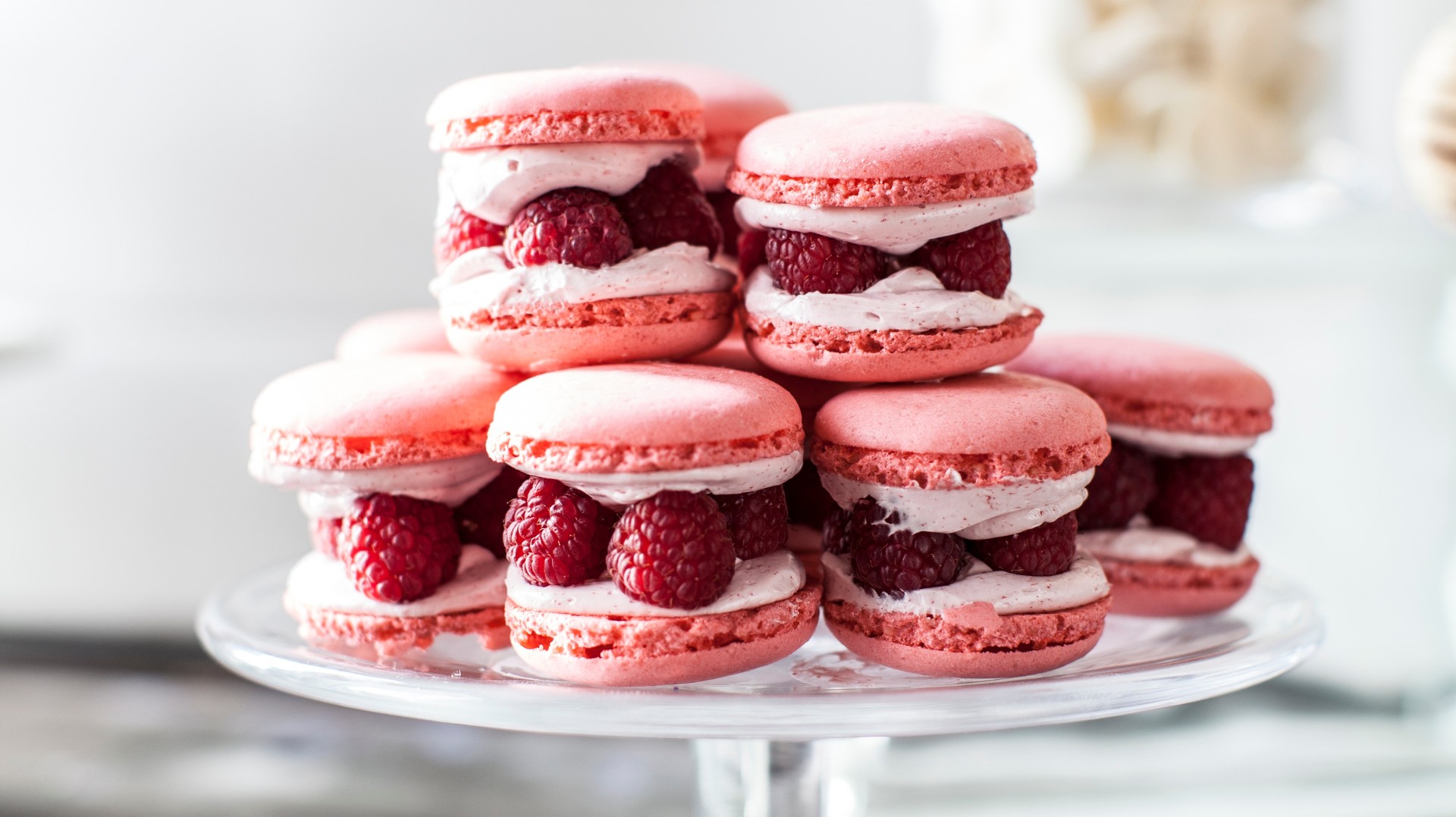Best Sweets & Treats: Yummy Delights!
Confections and sugary goods, often enjoyed as desserts or snacks, represent a diverse category of food items characterized by their palatable sweetness. Examples include candies, chocolates, pastries, and sweetened beverages. These items are frequently consumed for pleasure and as rewards or indulgences.
The consumption of sugary delicacies has a long and complex history, evolving from natural sweeteners like honey to the refined sugars available today. These items provide a quick source of energy and can offer psychological comfort. However, moderation is critical as excessive intake is associated with adverse health outcomes. Cultural celebrations and social gatherings frequently feature these foods, highlighting their symbolic importance in various societies.
The following discussion will delve into the varying compositions and nutritional profiles of these delicacies, the effects of their consumption on physiological well-being, and the strategies for incorporating them into a balanced dietary regimen.
- Who Is Kendra Hatcher His Wiki Details
- Astrology Birth Chart Of Matthew Sturniolo Tiktok
- Samadhi Zendejas Age Biography Net Worth Boyfriend
- Which Couples From Twin Love Are Still
- Xochitl Gomez Siblings Does She Have Any
Frequently Asked Questions Regarding Confections and Sugary Goods
The following section addresses common inquiries concerning the consumption of confections and sugary goods, providing factual information to promote informed decision-making.
Question 1: What is the recommended daily allowance of added sugar from confectionary items?
Leading health organizations generally advise limiting added sugar intake to no more than 10% of total daily calories. Specific quantities will vary based on individual caloric needs and overall dietary composition. Consultation with a registered dietitian is advised for personalized recommendations.
- Wait A Minute Could Gina And Mack
- Fame Mark Belling Net Worth And Salary
- Ify Nwadiwe And Wife Aurora Has A
- Few Untold Truth About Masters Of Flip
- Who Is Kevin Bacon S Son Travis
Question 2: Are there healthier alternatives to traditional sugary desserts?
Yes, options include fruits, naturally sweetened yogurt, and homemade desserts using reduced sugar or sugar substitutes. Portion control remains crucial, even with perceived healthier alternatives.
Question 3: How does the consumption of sugary snacks affect dental health?
Frequent consumption of sugary items contributes to the formation of dental caries. Bacteria in the mouth metabolize sugars, producing acids that erode tooth enamel. Regular dental hygiene practices, including brushing and flossing, are essential to mitigate this effect.
Question 4: Can indulgence in sugary products lead to weight gain?
Excessive caloric intake from any source, including sugary products, can contribute to weight gain. These products are often energy-dense and may displace more nutrient-rich foods in the diet. A balanced dietary approach and regular physical activity are important for weight management.
Question 5: What is the glycemic index, and how does it relate to consuming sugary items?
The glycemic index (GI) measures how quickly a food raises blood glucose levels. High-GI foods, including many sugary products, cause rapid spikes in blood sugar. Individuals with diabetes or insulin resistance should be particularly mindful of the GI of foods they consume.
Question 6: Are there any psychological benefits to consuming sugary snacks?
Sugary foods can trigger the release of dopamine in the brain, leading to feelings of pleasure and reward. However, reliance on these effects can contribute to unhealthy eating habits. Alternative sources of pleasure and stress relief should be explored.
In summary, while the occasional enjoyment of sugary confections is acceptable for most individuals, moderation and mindful consumption are critical to maintaining overall health and well-being. Understanding the potential risks and benefits associated with these products allows for informed dietary choices.
The following section will explore strategies for incorporating these delicacies into a balanced dietary regimen, emphasizing portion control and informed choices.
Strategies for Mindful Consumption of Confections and Sugary Goods
The following provides practical strategies for incorporating indulgences into a balanced dietary approach, promoting responsible choices and minimizing potential health risks.
Tip 1: Practice Portion Control: Adhere to recommended serving sizes indicated on product labels. Utilizing smaller plates and bowls can visually aid in reducing intake.
Tip 2: Read Nutrition Labels Carefully: Scrutinize the nutrition facts panel for information regarding total sugar content, added sugars, and serving size. Compare products to identify options with lower sugar concentrations.
Tip 3: Choose Wisely: Opt for confections with added nutritional value, such as dark chocolate with a high percentage of cacao, which contains antioxidants. Consider pairing indulgences with healthier foods, like fruit or nuts, to increase satiety.
Tip 4: Limit Frequency of Consumption: Restrict the consumption of sugary items to occasional treats rather than daily habits. Designate specific days or times for indulgence to establish boundaries.
Tip 5: Substitute Strategically: Experiment with natural sweeteners like stevia or monk fruit in homemade recipes. Replace sugary beverages with water, unsweetened tea, or sparkling water.
Tip 6: Be Mindful While Eating: Savor each bite and pay attention to the taste and texture of the treat. Avoid distractions such as television or electronic devices to enhance awareness of satiety cues.
Tip 7: Consider Sugar-Free Alternatives: Many sugar-free options are available. However, it is important to consider their other ingredients and potential side effects.
Tip 8: Increase Physical Activity: Balance increased caloric intake with physical activity to help maintain a healthy weight. Even moderate exercise can help offset the effects of occasional indulgence.
Adhering to these strategies allows for the occasional enjoyment of palatable treats without compromising long-term health and well-being. By making informed choices and practicing moderation, it is possible to incorporate these indulgences into a balanced lifestyle.
The subsequent section will summarize the key findings of this article and offer concluding remarks.
Conclusion
This exploration has addressed the consumption of "sweets and treats," emphasizing the significance of mindful moderation. The article highlighted the historical context, potential benefits, and associated risks of these food items. Crucially, it underscored the importance of informed decision-making regarding portion control, ingredient awareness, and frequency of consumption to mitigate negative health outcomes.
Ultimately, the responsible integration of "sweets and treats" into a balanced lifestyle necessitates a comprehensive understanding of their impact on physical and psychological well-being. Further research into healthier alternatives and the long-term effects of sugar consumption remains essential for promoting public health and fostering informed dietary choices. Individuals are encouraged to seek personalized guidance from qualified healthcare professionals to optimize their dietary strategies.
- Meet The Late Ray Liotta S Daughter
- Matt Lauer Net Worth In 2024 How
- Who Is Alexander Calvert S Wife Inside
- Brantley Gilbert Age Net Worth Kids Weight
- Nico Parker Bio Age Career Height Single

Sweets & Treats Visit Santa Clarita

Sweets And Treats

Sweets And Treats